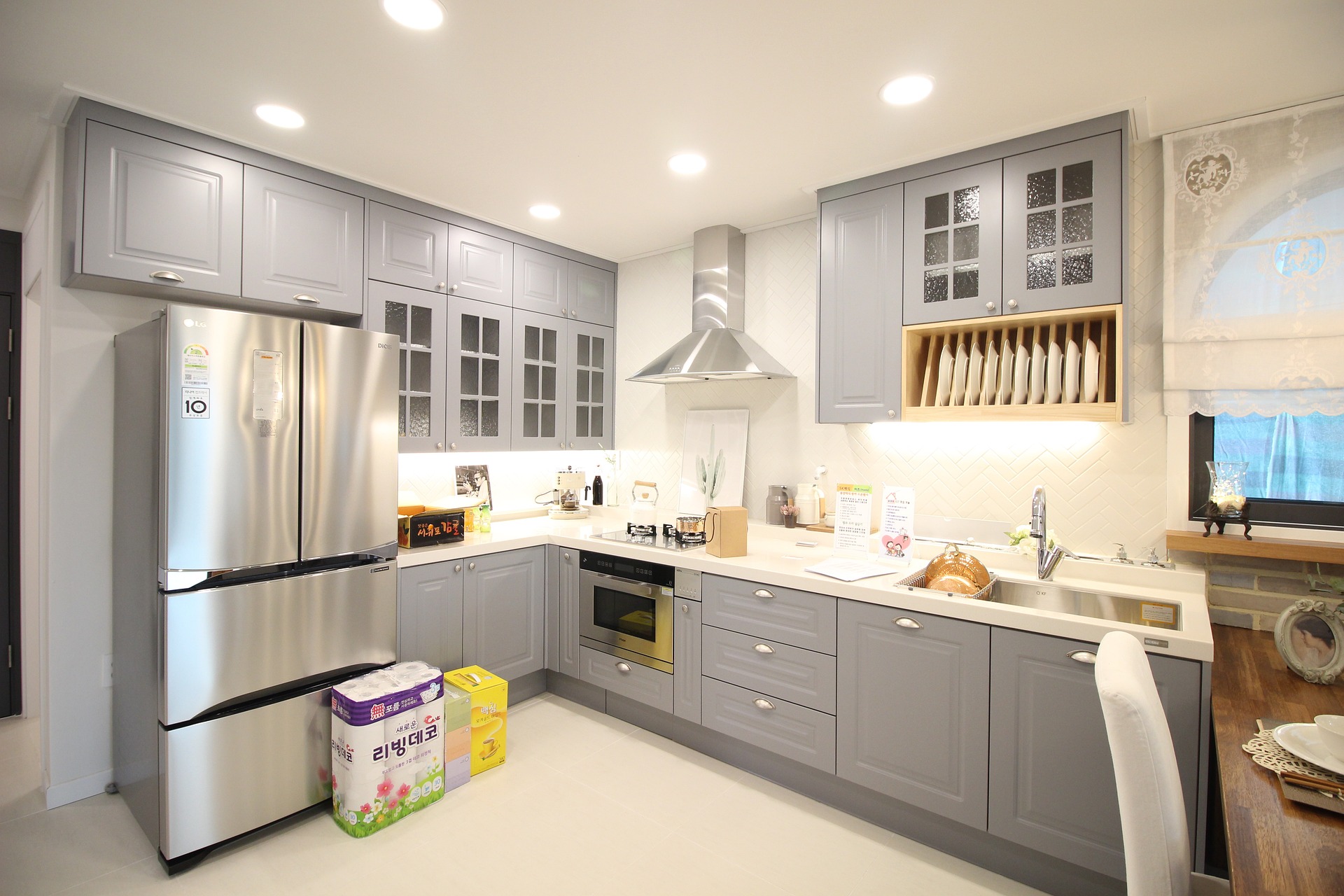Designing an Outdoor Kitchen for Your Backyard or Patio
An outdoor kitchen extends your living space and changes how you use your backyard and patio. Thoughtful planning helps you balance cooking functionality, weather resistance, and aesthetics. This article explains practical design choices and materials, how a grill shapes layout and workflow, and ways to integrate an outdoor cooking area into existing landscapes so the space feels intentional and usable.
What does an outdoor kitchen include?
A functional outdoor kitchen typically includes a cooking appliance (often a grill), counter space, storage, and a sink or prep area. Many setups add refrigeration, side burners, and covered seating. Consider plumbing and electrical requirements early: sinks need water supply and drainage, refrigerators need outlets rated for outdoor use, and lighting requires safe, weatherproof fixtures. Planning these elements up front reduces costly changes later and helps match the space to how you intend to use it.
Additional considerations include ventilation and safety. If your outdoor kitchen sits under a roof or pergola, ensure adequate airflow for the grill and keep combustible materials away from heat sources. Choose cabinets and finishes that can endure humidity and temperature swings. Proper venting, a dedicated gas line or high-capacity electrical service, and compliant installation practices make the space safer and more reliable over time.
How does a grill affect design and layout?
The grill is often the focal point of an outdoor kitchen and informs the layout for cooking, seating, and service. Decide the grill size based on typical guest counts and the kinds of cooking you enjoy—basic grilling, smoking, or high-heat searing each place different demands on space and fuel. Position the grill to allow safe clearance on both sides and to keep wind patterns from driving smoke toward seating or the house.
Beyond placement, the grill determines adjacent features: leave counter space for plating and tools, plan for a trash station nearby, and consider a dedicated prep area with a sink if you plan elaborate meals. If you choose a freestanding or built-in unit, factor in access for maintenance and proper hookups for gas or electricity. Thoughtful grill placement minimizes interruptions and supports an efficient cooking flow.
How to plan for cooking flow and storage?
Good cooking flow follows a simple sequence: prep, cook, serve, and clean. Arrange counter space and appliances to reflect that order so that someone can move fluidly from chopping to the grill to plating. Incorporate drawers and cabinets for utensils, pans, and cleaning supplies. Weather-resistant, lockable storage helps protect items from moisture, pests, and sun exposure.
Think about task lighting for evening cooking and designate zones for heat-producing appliances separate from refrigeration. Open shelving can display frequently used items, while closed cabinets protect less-used equipment. If winter storage is needed in your climate, plan for spaces that can be sealed or fitted with dehumidifying solutions. These small choices have big effects on usability and maintenance.
How to integrate the outdoor kitchen with your backyard?
An outdoor kitchen should feel like a natural part of the backyard or patio rather than an afterthought. Match materials and colors with existing landscaping, paving, and architectural elements. For example, a stone-clad island can echo a masonry fireplace or garden wall, while coordinated decking or pavers create visual continuity between cooking and lounging areas.
Consider sightlines and movement: position seats and dining areas so cooks and guests can interact without blocking pathways. Add shade structures like pergolas or umbrellas for comfort, and plan plantings that provide privacy without dropping excessive debris into the cooking area. If hiring local services for grading, electrical, or plumbing, request references and ensure they understand outdoor construction challenges in your area.
How to choose durable materials for patio installations?
Materials for outdoor kitchens must withstand sun, rain, and temperature shifts. Stainless steel appliances and fixtures resist corrosion, while natural stone, concrete, or specialized outdoor-grade tile provide durable, heat-resistant surfaces. For cabinets, choose marine-grade or composite materials designed for exterior use rather than standard indoor cabinetry. Countertop choices like granite, quartzite, or concrete are common because they tolerate heat and are relatively low maintenance.
Consider non-slip flooring for the patio and seal porous surfaces to reduce staining. Fasteners and hardware should be corrosion-resistant; using stainless steel or coated metals prolongs life. When selecting finishes, factor in the local climate—freeze-thaw cycles, salt air, or intense sun can influence material performance. Proper installation and routine maintenance extend longevity and keep the space functioning well.
Conclusion
An outdoor kitchen transforms a backyard or patio into a practical, social hub when designed to support real cooking needs and local conditions. Prioritize layout and workflow, choose materials suited to your climate, and plan utilities and ventilation early. With thoughtful choices, the space will be safer, more durable, and more enjoyable for both everyday meals and larger gatherings.







